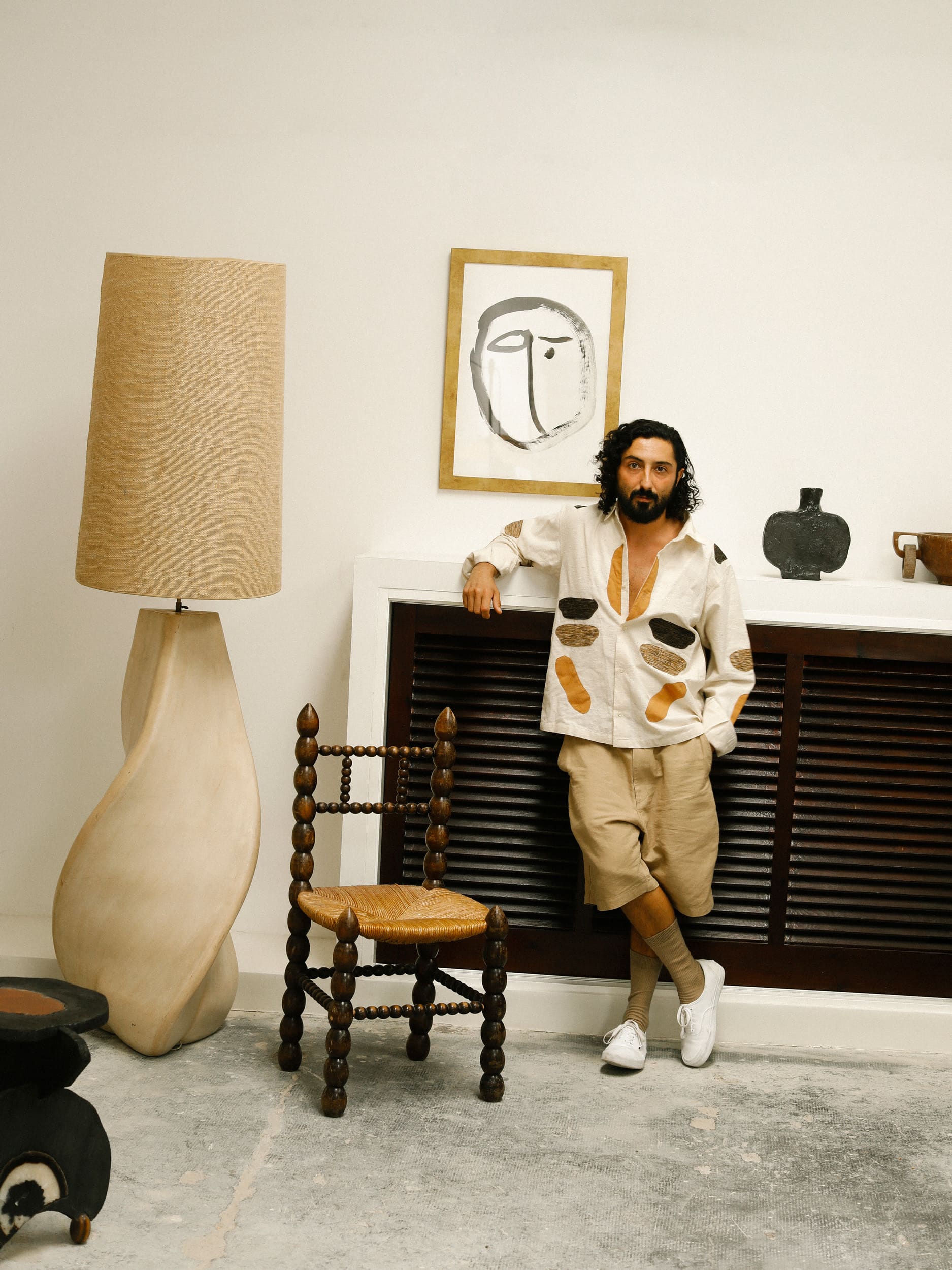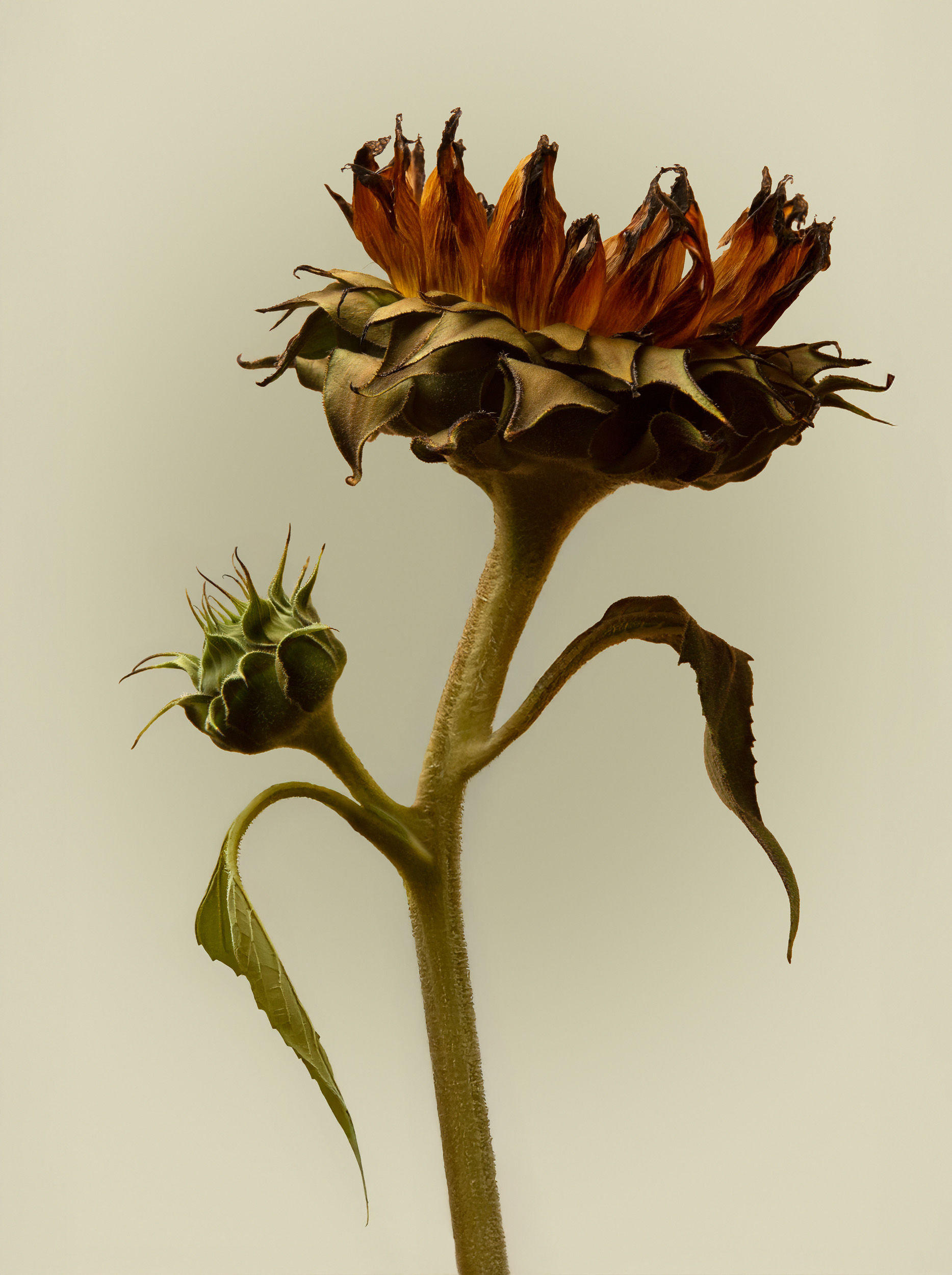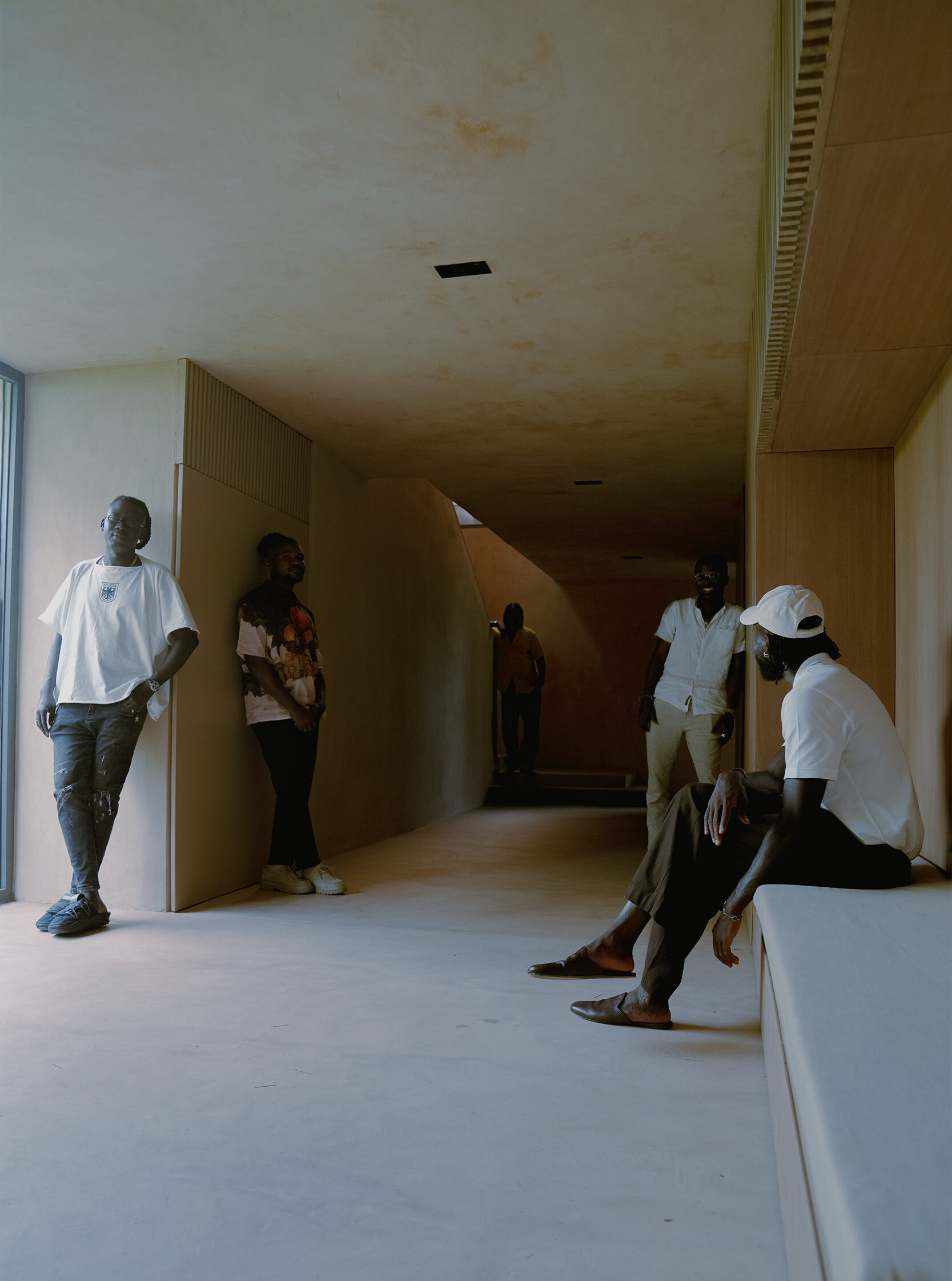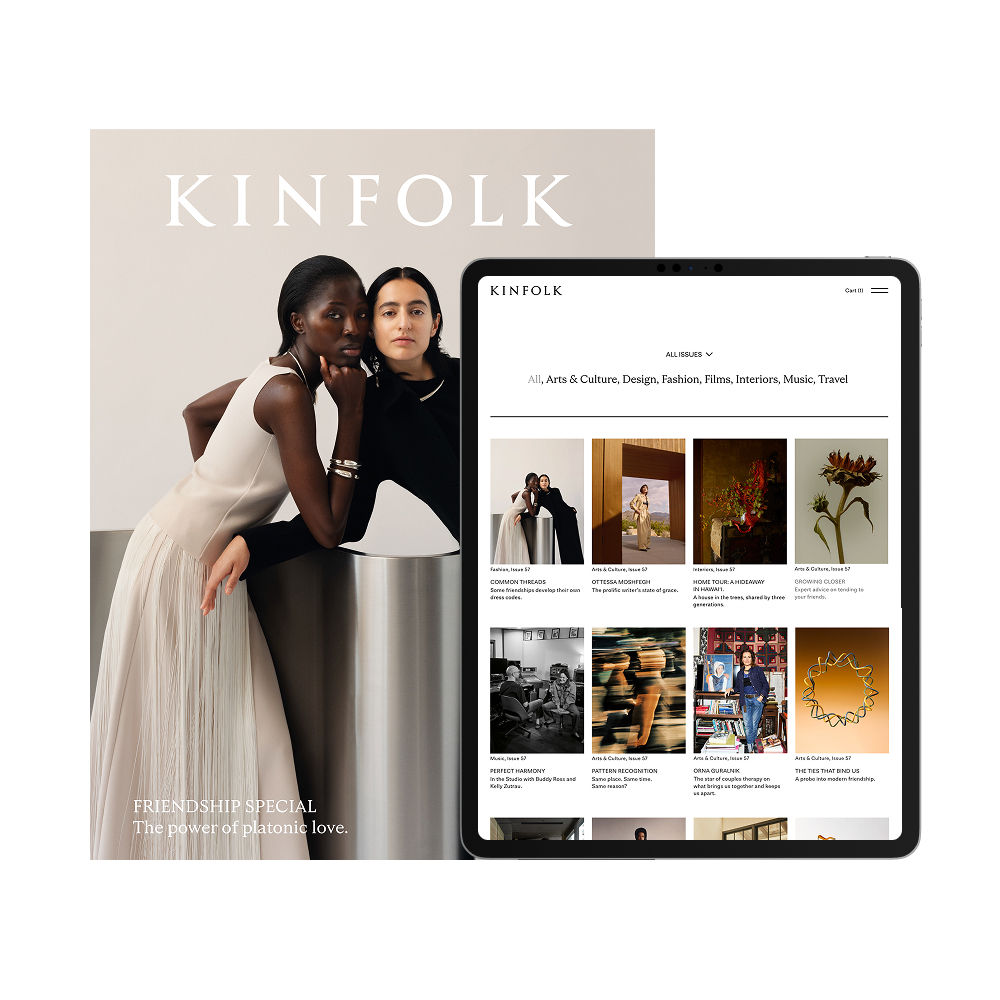
Escámez wears a shirt from La Cobalto's After All collection, produced in collaboration with Znali.
At Work With: Gabriel Escámez
- Words Daphnée Denis
- Photography Iris Humm
A sea of tranquil designs inspired by the Mediterranean coastline.
- Words Daphnée Denis
- Photography Iris Humm
“I make things, I’m doing things—that’s all there is to it.” The Barcelona-based art director and interior designer Gabriel Escámez is explaining his work as the head of Cobalto Studio, the multidisciplinary creative agency that he founded in 2015. Escámez is certainly a creative force, turning his hand to photography, art direction, various forms of design and editing, but there might be a little more to his endeavors than he makes out.
In addition to Cobalto Studio, which provides interior design, art direction and set design for high-end clients, there is La Cobalta—which Escámez describes as “the soul of Cobalto”—a brand that produces objects, ceramics, lighting and books inspired by the culture of the Mediterranean. There is also the Cobalto Archive, a collec...



